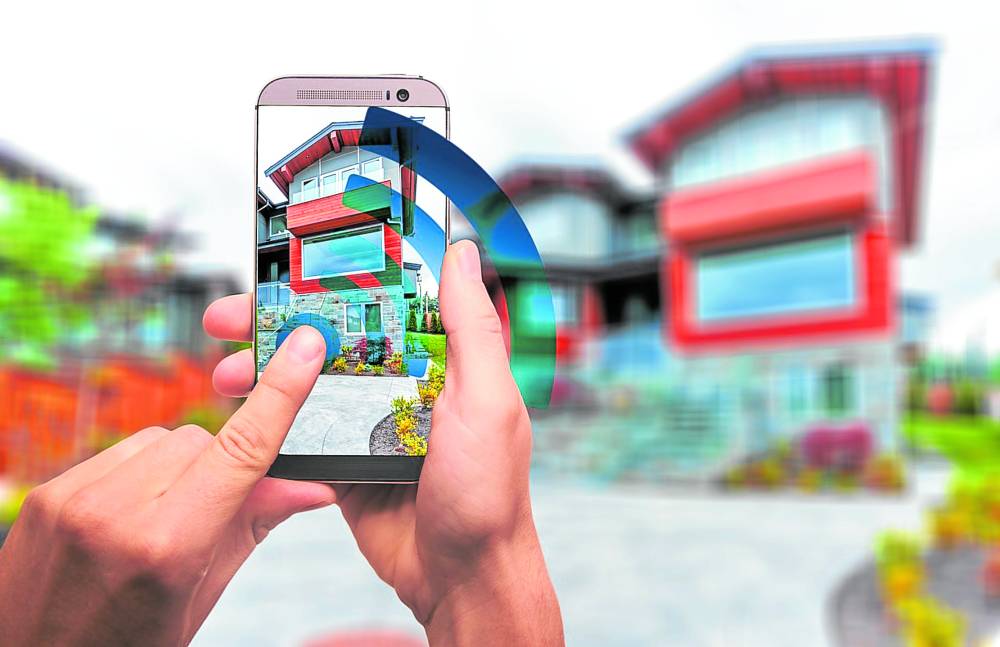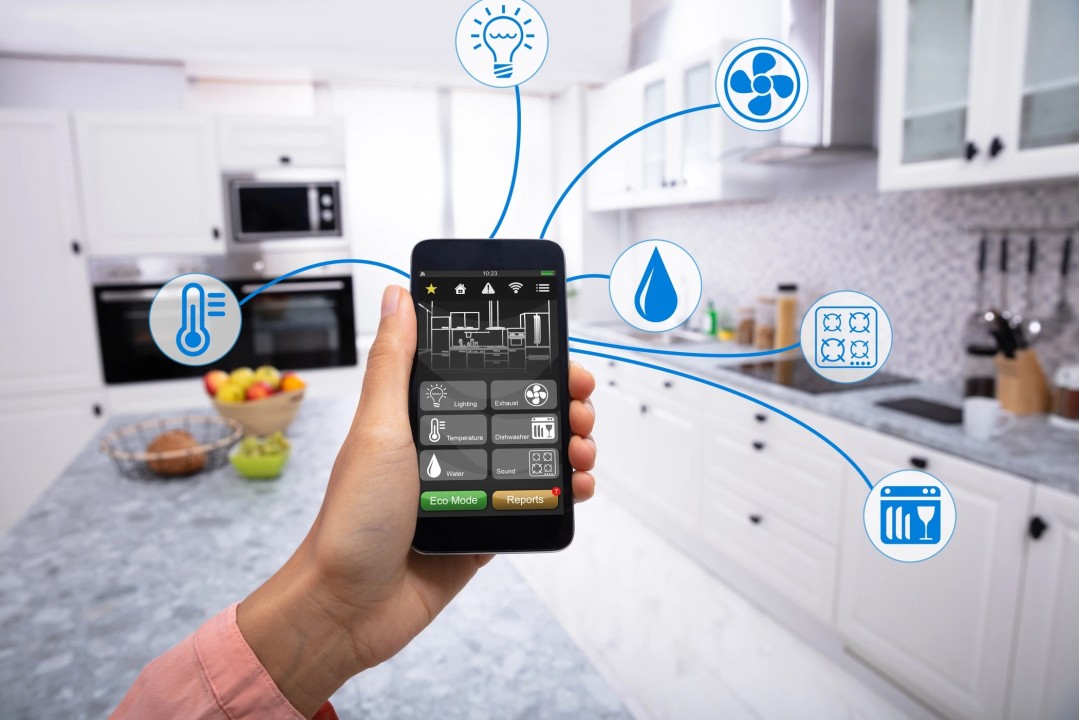Introduction
The 21st century has witnessed an unprecedented surge in technological advancements, and at the forefront of this revolution are smart appliances. These cutting-edge devices are transforming ordinary households into intelligent hubs of efficiency and convenience.
Smart Appliances: Evolution from Traditional Appliances to Smart Appliances
The evolution of home appliances has witnessed a remarkable shift from traditional to smart devices, revolutionizing the way we interact with our living spaces. Traditional appliances, once limited to basic functionalities, have given way to their intelligent counterparts, known as smart appliances.
In the past, homes were equipped with conventional appliances that served singular purposes—refrigerators kept food cool, ovens baked, and washing machines cleaned clothes. However, the advent of smart technology has elevated these mundane tasks to new heights. Smart appliances are now equipped with advanced features such as internet connectivity, allowing users to control and monitor them remotely through smartphones or other smart devices.
For instance, smart refrigerators can notify users when it’s time to restock groceries, and smart ovens can be preheated on the go. This seamless integration of technology into everyday appliances not only enhances convenience but also promotes energy efficiency and sustainability, as users can optimize their usage patterns.
Historical Context of Technological Integration in Households
To understand the current landscape of smart home appliances, it’s essential to delve into the historical context of technological integration in households. The journey began with the electrification of homes in the late 19th and early 20th centuries, paving the way for the introduction of electric appliances. Washing machines, refrigerators, and vacuum cleaners became staples in homes, simplifying domestic chores.
The mid-20th century saw the rise of automation and digital controls, bringing about a wave of innovation in home appliances. Microwaves, dishwashers, and electronic ovens became commonplace, transforming kitchens into more efficient spaces. As computer technology advanced, so did the capabilities of household devices.
The 21st century marked a turning point with the emergence of the Internet of Things (IoT). This interconnected ecosystem enabled the creation of smart appliances that could communicate with each other and with users. The integration of sensors, artificial intelligence, and data analytics further enhanced the functionality of these appliances, making them not just tools but intelligent assistants in managing household tasks.
Convenience and Time-Saving
In the fast-paced digital age, convenience and time-saving have become paramount in shaping our daily lives. Technological advancements have seamlessly integrated into our routines, offering solutions that make tasks more efficient and less time-consuming. From the simplicity of online shopping to the instant communication afforded by smartphones, our daily lives are now characterized by the ease of access and streamlined processes.
One of the most significant contributors to this convenience is the rise of smart devices and home automation. With a simple voice command or a tap on a smartphone app, we can control our thermostats, lights, and even kitchen appliances. This not only simplifies daily tasks but also reduces the time spent on manual operations, allowing individuals to allocate their time to more meaningful activities.
Additionally, the advent of mobile applications has revolutionized various industries, from transportation to food delivery. Commuters can now navigate traffic in real-time, optimizing their routes for efficiency. Likewise, ordering food or groceries through apps saves both time and effort, as deliveries can be scheduled with precision. The integration of technology into daily life has thus become a cornerstone for achieving unparalleled convenience.
Improved Efficiency and Productivity
Technology has undeniably elevated our capacity for efficiency and productivity. The workplace, in particular, has witnessed a transformative shift with the introduction of collaborative tools, project management software, and cloud computing. These innovations enable seamless communication and collaboration among team members, irrespective of geographical distances.
Moreover, automation has become a driving force behind improved productivity. Repetitive tasks that once consumed significant time can now be executed by machines, allowing human workers to focus on more complex and creative aspects of their jobs. This not only enhances overall efficiency but also fosters a work environment that values innovation and problem-solving.
In the realm of education, digital tools have revolutionized the learning process. Students can access a wealth of information at their fingertips, collaborate on projects in real-time, and submit assignments electronically. This integration of technology has not only streamlined administrative tasks for educators but has also empowered students to engage with educational content more dynamically.
Enhanced User Experience and Customization
The era of one-size-fits-all solutions is gradually fading away, thanks to the emphasis on enhanced user experience and customization. Technology has evolved to cater to individual preferences and needs, providing a more tailored and personalized experience across various platforms.
E-commerce platforms, for instance, leverage advanced algorithms to analyze user behavior and preferences, offering personalized recommendations that align with individual tastes. Streaming services use similar algorithms to suggest movies, music, or shows based on viewing history, creating a more enjoyable and curated entertainment experience.
Moreover, the rise of social media has amplified the importance of customization in communication. Users can tailor their feeds to see content that aligns with their interests, creating a more engaging and relevant online experience. Customization extends to the interface of applications and devices, allowing users to personalize settings, layouts, and functionalities according to their preferences.
You may like it: Augmented Reality (AR) in Home Design: A Transformative Experience
FAQ Section
Are smart appliances compatible with older homes?
Yes, most smart appliances are designed to be compatible with older homes. However, some may require additional setup or the use of compatible smart home hubs to ensure seamless integration.
How secure are smart appliances against cyber threats?
Manufacturers prioritize security, employing encryption and authentication measures to safeguard user data. Regular software updates also address potential vulnerabilities, enhancing overall cybersecurity.
Can smart appliances be controlled remotely?
Absolutely. The majority of smart appliances offer remote control capabilities through dedicated mobile apps. This feature allows users to manage and monitor their devices from anywhere with an internet connection.
Are smart appliances energy-efficient?
Yes, many smart appliances come with energy-efficient features, helping users reduce their environmental footprint and save on utility costs.
What happens if there’s a power outage?
Smart appliances are designed to handle power outages gracefully. Most devices resume normal operation once power is restored, and settings and preferences are usually retained.
Are smart appliances difficult to set up?
Not at all. Manufacturers prioritize user-friendly setups, providing clear instructions and intuitive interfaces. Most smart appliances can be set up by users with basic technical knowledge.
Conclusion
In embracing the rise of smart appliances, we embrace a future where technology seamlessly integrates into our daily lives, offering unparalleled convenience, efficiency, and sustainability. The journey has just begun, and as we witness the continued evolution of smart appliances, we’re bound to be amazed by the possibilities that lie ahead.


